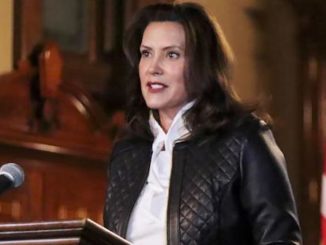
Telangana is a state in southern India. In the capital of Hyderabad, the Charminar is a 16th-century mosque with 4 arches supporting 4 towering minarets. The monument overlooks the city’s long-running Laad Bazaar. Once the seat of the Qutb Shahi dynasty, the sprawling Golconda Fort is a former diamond-trading center. In the city of Warangal, the centuries-old Warangal Fort features carved stone towers and gateways. Telangana was earlier part of the Hyderabad state from the end of 1948 to 1956. The youngest state in India is Telangana. It was formed as the ’29th state of India’.
The state has an area of 1,14,840 Sq Km and has a population of 3,52,86,757.
Telangana is situated on the Deccan Plateau, in the central stretch of the eastern seaboard of the Indian Peninsula. It covers 112,077 square kilometers (43,273 sq m). The region is drained by two major rivers, with about 79% of the Godavari River catchment area and about 69% of the Krishna River catchment area, but most of the land is arid. Telangana is also drained by several minor rivers such as the Bhima, the Maner, the Manjira, the Musi, and the Tungabhadra.
The annual rainfall is between 900 and 1500mm in northern Telangana and 700 to 900mm in southern Telangana, from the southwest monsoons. Telangana contains various soil types, some of which are red sandy loams (Chalaka), Red loamy sands (Dubba), lateritic soils, salt-affected soils, alluvial soils, shallow to medium black soils and very deep black cotton soils. These soil types allow the planting of a variety of fruits and vegetable crops such as mangoes, oranges, coconut, sugarcane, paddy, banana and flower crops.
Telugu one of the classical languages of India is the official language of Telangana and Urdu is the second official language of the state. About 75% of the population of Telangana speak Telugu and 12% speak Urdu. Before 1948, Urdu was the official language of Hyderabad State, and due to a lack of Telugu-language educational institutions, Urdu was the language of the educated elite of Telangana. After 1948, once Hyderabad State joined the new Republic of India, Telugu became the language of government, and as Telugu was introduced as the medium of instruction in schools and colleges, the use of Urdu among non-Hyderabadi Muslims decreased. Both Telugu and Urdu are used in services across the state, such as the Telangana Legislature website, with Telugu and Urdu versions of the website available, as well as the Hyderabad metro, wherein both languages are used on station names and signs along with English and Hindi. The Urdu spoken in Telangana is called Hyderabadi Urdu, which in itself is a dialect of the larger Dakhini Urdu dialects of South India.
Telangana is one of the fastest-growing states in India posing average annual growth rate of 13.90% over the last five years. Telangana’s nominal gross state domestic product for the year 2020-21 stands at Rs 13.59 lakh crore.
Agriculture also form a backbone of Telangana’s Economy. Two important rivers of India, the Godavari and Krishna, flow through the state, providing irrigation. Farmers in Telangana mainly depend on rain-fed water sources for irrigation. Rice is the major food crop. Other important local crops are cotton, sugar cane, mango and tobacco. Recently, crops used for vegetable oil production, such as sunflower and peanuts, have gained favor. There are many multi-state irrigation projects in development, including Godavari River Basin Irrigation Projects.





Be the first to comment